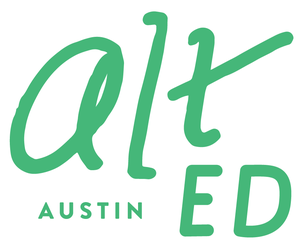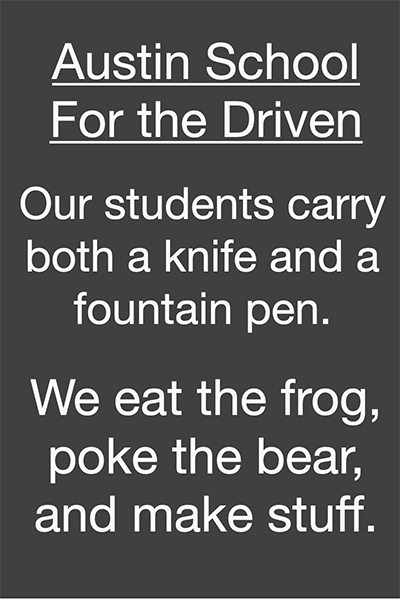Media Monday: Listen up! Pop culture podcasts for kids
/I woke up too early this morning—not to exercise or meditate, but so I could tune in to a couple of podcasts about my pop culture obsessions before work. While firing up the coffee maker and thinking about topics for Media Monday, I wondered whether there might be some good pop culture podcasts for kids and teens that would be worth recommending.
I soon discovered what Stephanie Hayes wrote about a few weeks ago in “Where Are All the Kidcasts?” in The Atlantic: there just aren’t enough great podcasts for kids. This, despite the fact that “studies have found that children between the ages of seven and thirteen respond more creatively to radio stories than to stories shown on television.”
A few hours down the rabbit hole led me to an interesting site called Pop Culture Classroom that aims to foster literacy, learning, diversity, and community through the pop culture—especially comics and graphic novels—kids love. The site aggregates a LOT of news about comic cons, but in addition, the founders work with teachers to create curricula around the art and stories in comics. Unfortunately, their podcast, Kids on Comics, which featured a father and son riffing on the books and movies they love, only lasted for two years. Still, it’s well worth checking out the extensive archive on everything from Star Wars to Naruto.
For me, the value of a pop culture podcast is the “deep dive” into minutiae and speculation about stories and characters. For that kind of fangirl or fanboy experience, primarily for kids 13 and up:
Mugglecast will celebrate its 10th anniversary in August—a major accomplishment in the fairly young universe of podcasts. May it wave the Hogwarts banners high forever. Everything and anything Harry Potter lovers could want is in its extensive archive of shows.
Verity is an all-female podcast among the many that discuss the sci fi favorite Doctor Who. Named after Verity Lambert, a young woman at the BBC (only 28 years old!) who worked her way up from typist to producer of one of the UK’s most beloved shows for kids and adults. And for the truly devoted, there’s also Lazy Doctor Who, in which two fans watch and discuss every episode of the 50-year-old TV show.
GeekScholars Movie News, /Film, and Filmspotting are all for passionate film nerds. Because they all tackle films that earn G to R ratings, some of the discussions may include topics not appropriate for sensitive or younger teens.
Finally, is your kid a “maker” interested in filling the gap in kidcasts? Reading Rockets has a nice how-to originally designed for teachers, but it will work well at home, too.
Shelley Sperry

























